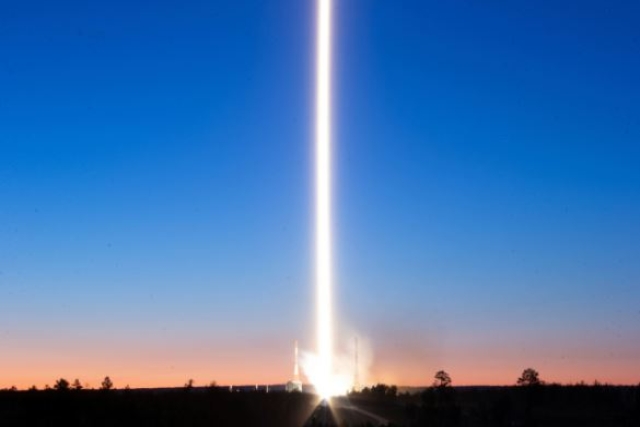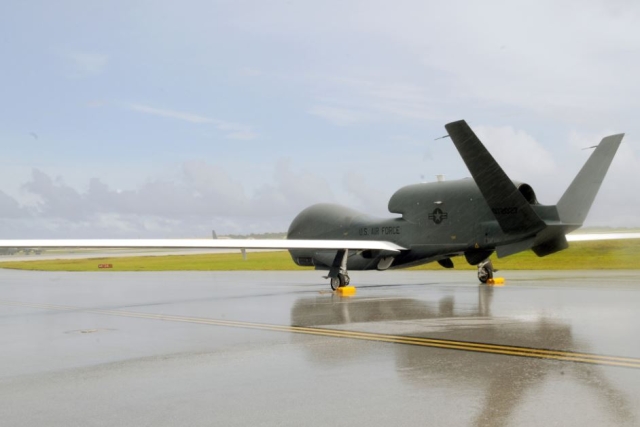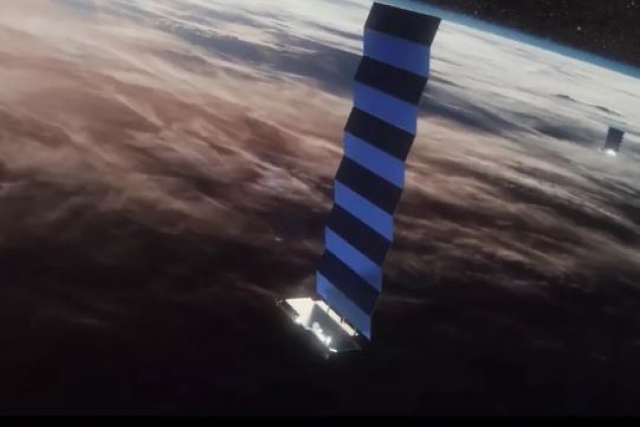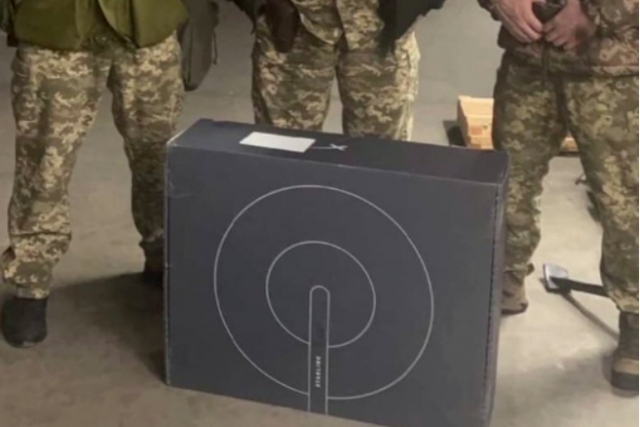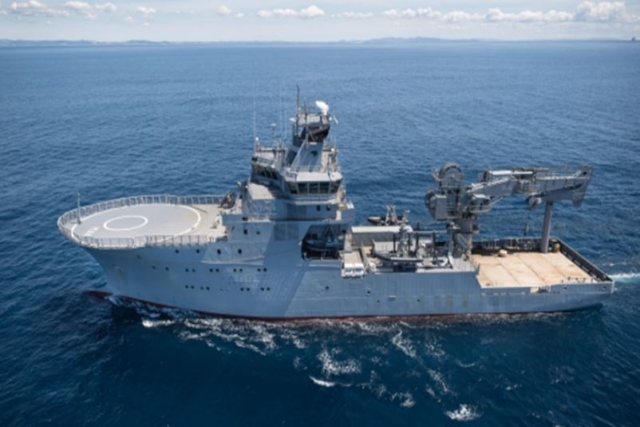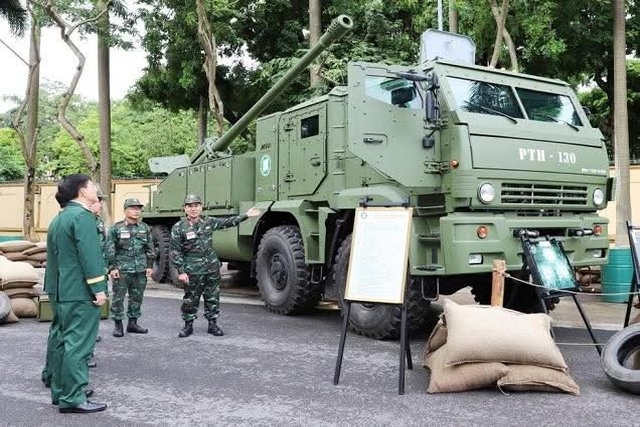Russia's Roscosmos Plans to Manufacture 100 Satellites Per Year
Demand for low Earth orbiting and high-resolution spy satellites has soared following the Ukraine war.

Russia's space agency Roscosmos has announced plans to produce 100 satellites annually starting in 2027.
“The Russian space industry will switch to industrial assembly of satellites in 2027, with plans to produce about 100 spacecraft per year,” Andrei Yelchaninov, Roscosmos First Deputy Director General, said in an interview with Interfax on Monday.
Yelchaninov outlined a phased approach to achieving this goal, acknowledging the substantial investment and extended timeline required. "We have calculated the volume of necessary investments, including equipment, realizing that this is a long and expensive process. For now, we have decided that it makes sense to switch to a conveyor in two stages. In the first, we will begin manufacturing around a hundred satellites a year, then we will expand our capabilities and fine-tune the technologies," he stated.
Initially, Roscosmos will leverage existing facilities to maximize production capabilities. This will involve importing new equipment and establishing new production lines. If these measures prove insufficient, the agency plans to construct new production sites by 2030.
Satellites in Modern Conflict
The urgency to enhance satellite production is underscored by the escalating demand for low Earth orbit (LEO) and high-resolution reconnaissance satellites, particularly following the conflict in Ukraine. Both Russia and Ukraine have heavily relied on satellite technology for intelligence gathering, communication, and navigation.
Russia's reconnaissance satellite systems, such as the Bars-M and Persona series, have been instrumental in gathering high-resolution imagery and tracking Ukrainian troop movements. The GLONASS satellite navigation system provides precise location data critical for military operations.
Ukraine, facing formidable challenges, has turned to commercial satellite imagery from providers like Maxar and Planet Labs, alongside intelligence support from the U.S. and EU. This combination has enabled Ukraine to monitor Russian troop movements, identify military assets, and assess infrastructure damage.
A notable player in this arena has been SpaceX’s Starlink satellite internet constellation. Starlink has provided Ukraine with secure communication channels and reliable internet access, crucial for both military and civilian purposes. Elon Musk, the CEO of SpaceX, has confirmed Starlink's use in Ukraine, emphasizing efforts to safeguard its services from Russian interference. The deployment of Starlink terminals has facilitated secure communications, supported humanitarian operations, and allowed officials to maintain connectivity even in remote regions.
Rift with West Costs Roscosmos $2.1B
Roscosmos reported losses of nearly 180 billion rubles ($2.1 billion) due to the severing of ties with Western partners following Russia’s invasion of Ukraine. Key collaborations, such as a joint Mars mission with the European Space Agency and the launch of Soyuz rockets from the Kourou spaceport in French Guiana, have been suspended.
To mitigate these financial setbacks, Roscosmos plans to expand its partnerships with countries in Asia, Africa, and the Middle East.
